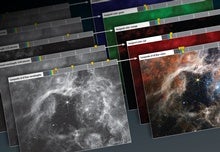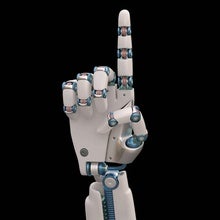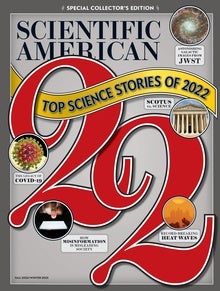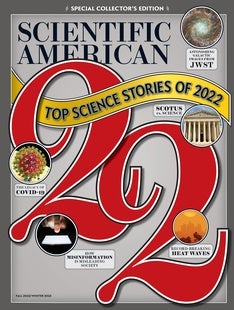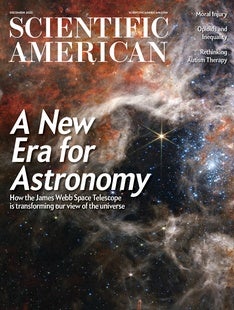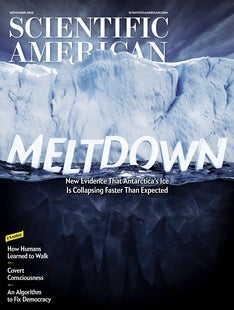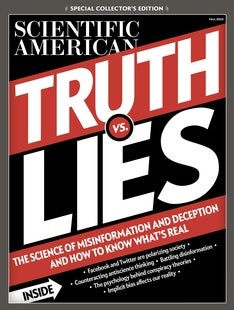 |
| December 06, 2022 |
Dear Reader,
Dentists routinely use tools called scanning wands to produce 3-D models of teeth. Now researchers are adapting the same technology to study other wet, calcium-based structures: baby corals. |
| |
 |
| |
| |
| |
| |
| |
| |
| |
| |
| Computing It's Time to Open the Black Box of Social Media Social media companies need to give their data to independent researchers to better understand how to keep users safe | | By Renée DiResta,Laura Edelson,Brendan Nyhan,Ethan Zuckerman | | | |
FROM THE STORE
 | | | |
| QUOTE OF THE DAY
 "The integrity hub's first tool works by scanning papers for more than 70 signals that could indicate that the manuscript has been generated by a paper mill. ... Previous public work has suggested red flags such as formulaic article titles and layouts, bar charts with identical profiles claiming to represent data from different experiments, suspicious-looking author e-mail addresses or strange turns of phrase that could indicate the use of automated translation software." Holly Else, in Nature, on tools designed to help publishers combat fake research and image manipulation. | |
FROM THE ARCHIVE
 | | | |
LATEST ISSUES
 |
| |
| Questions? Comments?  | |
| Download the Scientific American App |
| |
| |





